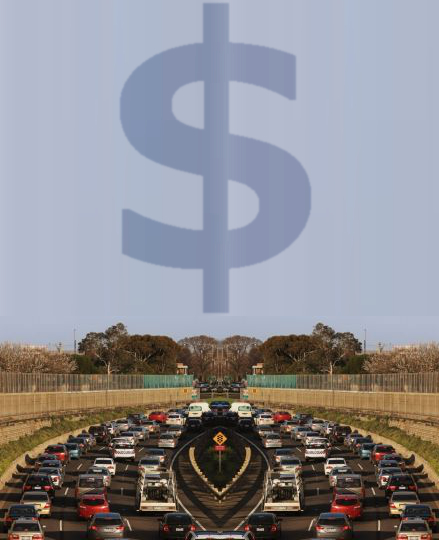Little hope for return revealed in East West deal
 The much-awaited business case for Melbourne’s slated $6.8 billion East West Link has been released following a change of government.
The much-awaited business case for Melbourne’s slated $6.8 billion East West Link has been released following a change of government.
The Victorian Government, now under Labor Premier Daniel Andrews, has put out the 13 documents totalling 9,000 pages of reports that many demanded from their predecessors.
The business case estimates the benefit cost ratio (BCR) for East West Link was just 45 cents for every $1 spent.
It said this would have increased to 84 cents per dollar when ‘wider economic benefits’ were added to the tally.
The papers call for new and increased tolls on roads city-wide to plug the $2.1 billion funding gap for the new tollway.
In fact, if the East West Link goes ahead it will be substantially less profitable than any of Melbourne’s existing tollways.
It will take 56 years to drum up enough revenue to cover the cost of construction, which compares poorly to other roads - 20 years for EastLink and eight years for CityLink.
One of the documents suggests not passing the business case on to Infrastructure Australia for more assessment.
“The risk associated with this action is that lower end range of BCRs presented in this business case may be used as a justification for not supporting the project,” the document says.
New Victorian Treasurer Tim Pallas said the lack of disclosure, low long-term benefits and secret plans for extra tolls amounted to a “public malfeasance and fraud” on behalf of his predecessors.
“This tells more about the nature of government in the state of Victoria under the previous administration,” he told reporters.
“[This was] a government so obsessed with achieving its stated objective that they forgot the people in the process.”
Former treasurer Michael O’Brien also refuted the claims.
“The project is fully funded – $3.3 billion from the consortium, $2 billion from the state government, $1.5 billion from the federal government,” Mr O’Brien said.
“The only fraud is Tim Pallas pretending to be a treasurer.”
Documents outlining the level of compensation to builders already contracted have not been released.
The fate of the $3 billion in Commonwealth funding also remains unclear.








 Print
Print